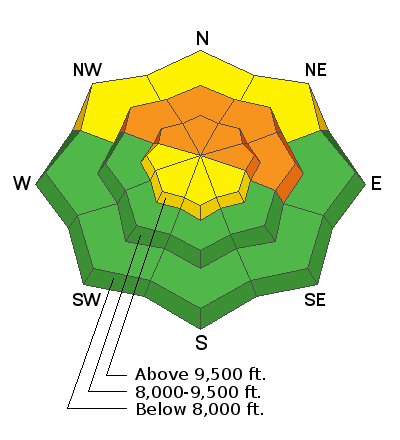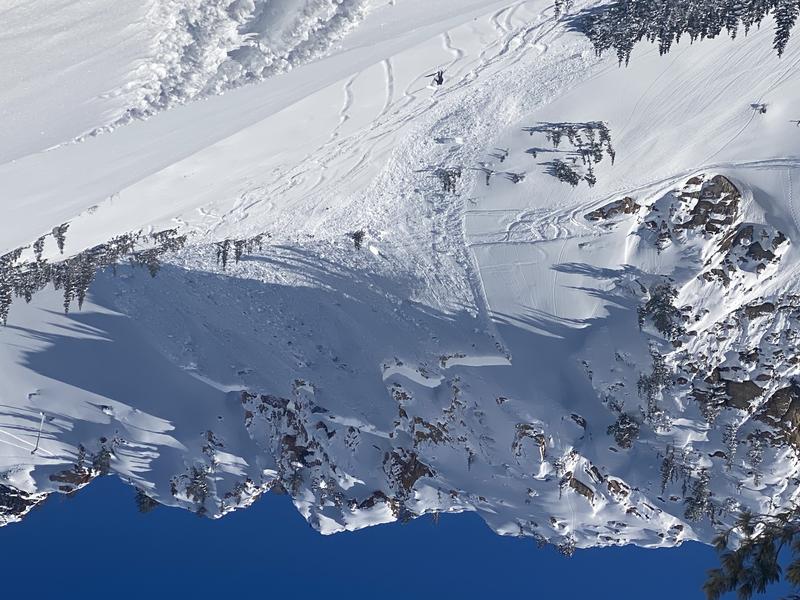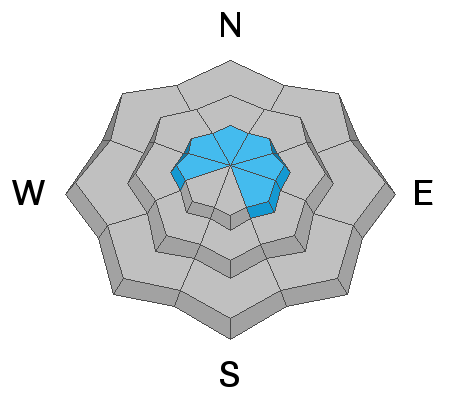Forecast for the Provo Area Mountains

Issued by Drew Hardesty on
Sunday morning, December 19, 2021
Sunday morning, December 19, 2021
Areas of CONSIDERABLE avalanche danger exist on northwest through easterly facing slopes above about 8500'. Avalanches may break down 2' deep and propagate over a hundred feet wide. It may also be possible to trigger them from a distance or from below. Pockety wind drifts may be found in the upper elevation bands and are to be avoided.

Low
Moderate
Considerable
High
Extreme
Learn how to read the forecast here









